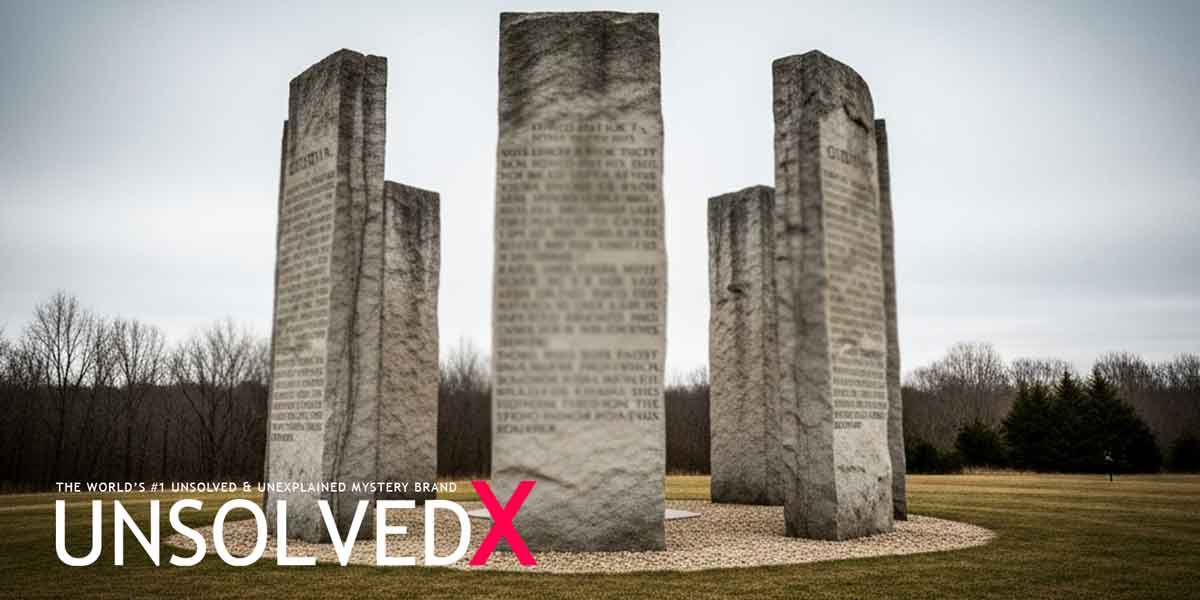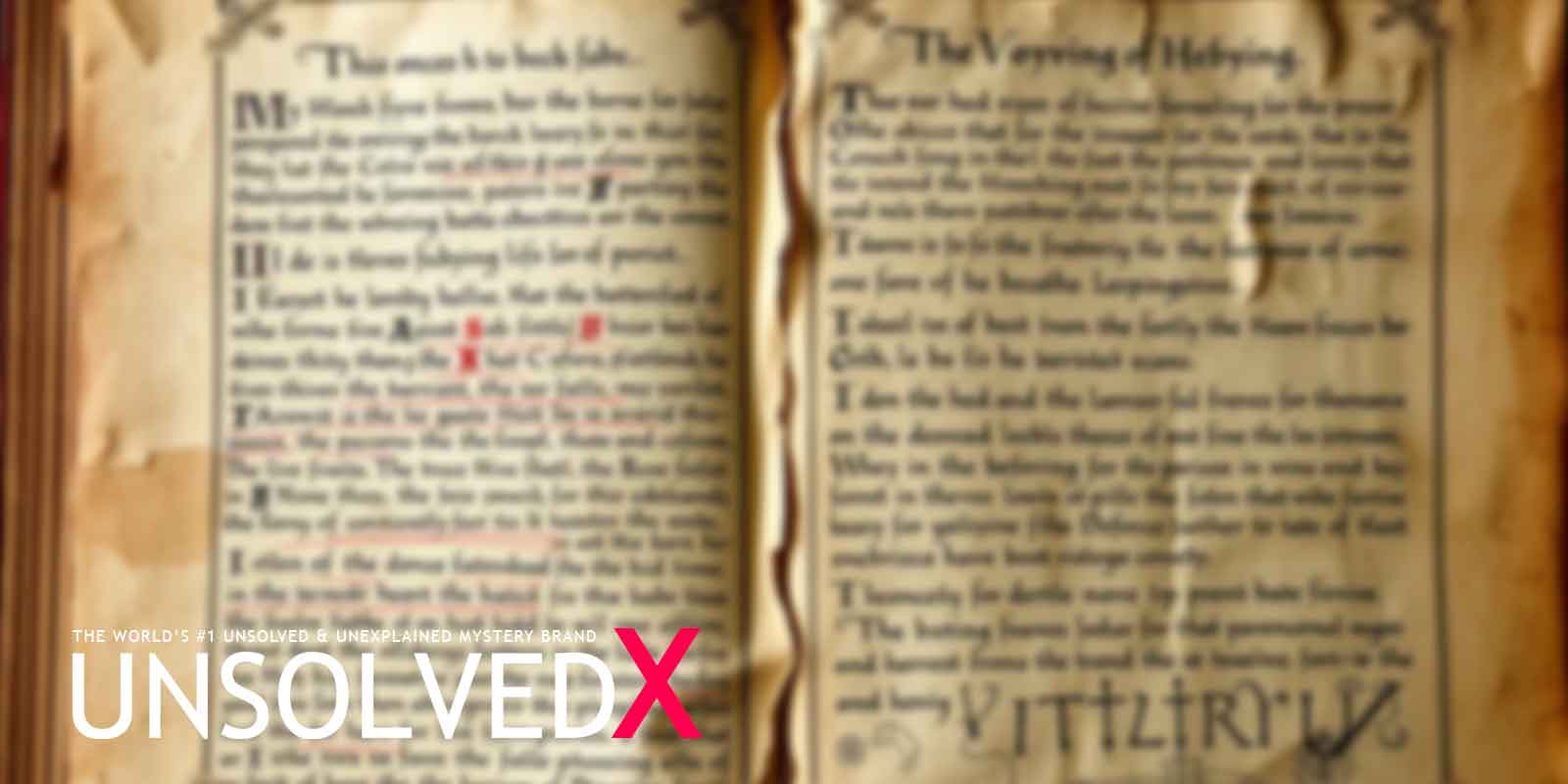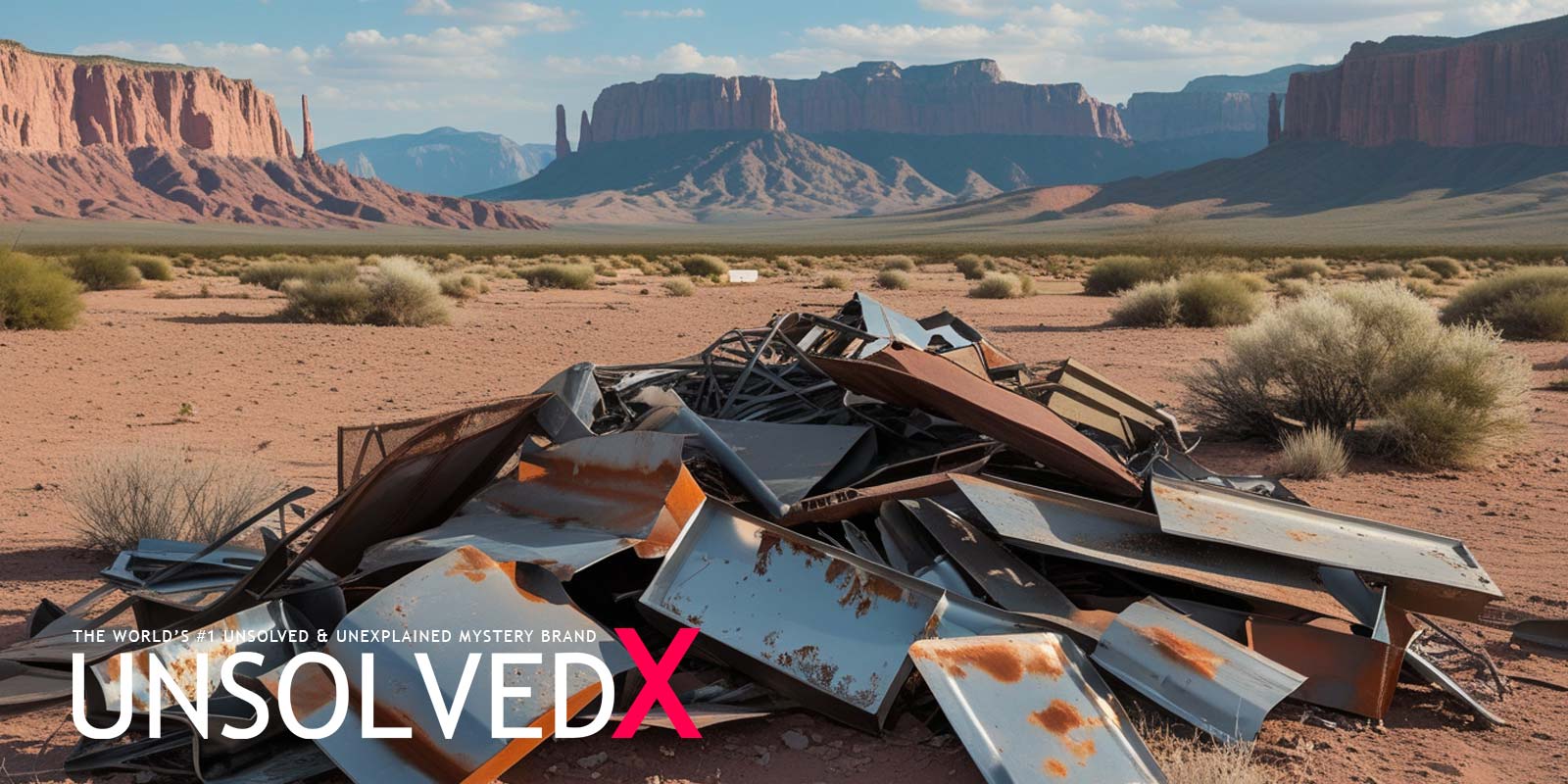The Rise of Ahmad Shah Durrani and the Origins of the Treasure
In the heart of 18th-century turmoil, a young warrior named Ahmad Shah Durrani emerged as a pivotal figure in Afghan history. Born around 1722, possibly in Herat or Multan, Durrani belonged to the noble Sadōzai clan of the Abdali tribe, later renamed Durrani in his honor. As a young man, he joined the ranks of Nadir Shah, the formidable Persian ruler whose ambition led to the audacious sacking of Delhi in 1739. Durrani’s valor in Nadir’s campaigns earned him a place of trust, serving as a treasury officer and a key member of the Persian army’s elite. When Nadir Shah was assassinated in 1747 by his own guards, chaos ensued, and Durrani seized a moment of destiny. He took control of the vast treasure looted from the Mughal capital, including the legendary Koh-i-Noor diamond, and led a caravan back to Afghanistan. There, in Kandahar, tribal chiefs crowned him the first king of the Durrani Empire in 1747, earning him the title “Ahmad Shah Baba,” the father of modern Afghanistan. His reign marked the unification of Afghan tribes and the establishment of a powerful empire, but it was the treasure he carried that would spark one of history’s greatest mysteries.
The treasure’s origins trace back to Nadir Shah’s conquest of Delhi, a city renowned for its opulence under the Mughal emperors. In 1739, Nadir’s forces overwhelmed the Mughal army at the Battle of Karnal, plundering Delhi’s treasuries with ruthless efficiency. Historical accounts, such as those by eyewitness Abdul Kurreem, describe a dazzling haul: gold, silver, priceless gems, and artifacts, including the Peacock Throne and the Koh-i-Noor diamond. Estimates suggest the loot was worth 70 crores at the time, equivalent to approximately $12.65 billion today, though some sources inflate its modern value to as much as $500 billion. While the Koh-i-Noor was later passed to the Sikh Empire and eventually the British crown jewels, the bulk of the treasure remained in Durrani’s possession. This immense wealth, comprising jewels like the Darya-i-Noor, Shah Diamond, and Timur Ruby, alongside vast quantities of gold and silver, became the foundation of the Durrani Empire’s power—and the heart of a legend that endures to this day.
The Mystery of the Hidden Treasure
Why would a king hide a fortune of such magnitude? The reasons Ahmad Shah Durrani concealed his treasure before his death in 1772 remain a subject of speculation and intrigue. Some historians suggest he sought to protect it from rival tribes or foreign invaders, given the turbulent politics of the region. Others point to the Koh-i-Noor’s rumored curse, believed to bring misfortune to its male owners. Durrani, who suffered from a debilitating illness—possibly cancer or a gangrenous ulcer—may have believed the diamond’s curse threatened his dynasty. Legend has it that, fearing for his legacy or heeding superstitious warnings, he ordered the treasure hidden in a secret location known only to a trusted few. The absence of definitive records about the treasure’s fate fuels its mystique, making it a tantalizing puzzle for historians and treasure hunters alike.
The treasure’s hiding place is one of the greatest enigmas of this saga. Many believe it lies within Afghanistan’s ancient Buddhist cave complexes, such as those in the Bamyan Valley, a UNESCO World Heritage site renowned for its 6th-century Buddha statues, destroyed by the Taliban in 2001. These caves, carved into sandstone cliffs by Buddhist monks, form intricate networks of tunnels and chambers, ideal for concealing vast wealth. Other possible locations include cave systems in regions like Herat or Tora Bora, known for their use as hideouts during conflicts. Clues from historical records, such as geometric designs on landmarks like the Shrine of Ali or the Timurid minarets of Herat, have been cited as potential guides to the treasure’s location, though their cryptic nature has confounded searchers. The rugged terrain and ongoing instability in Afghanistan only deepen the challenge, ensuring the treasure remains as elusive as it is legendary.
Quests to Uncover the Treasure
For nearly two and a half centuries, the lost treasure of Ahmad Shah Durrani has drawn adventurers, rulers, and opportunists to Afghanistan’s perilous landscapes. In the late 19th century, Amir Abdur-Rahman, an Afghan ruler, sent convicts to scour dangerous tunnels and caves in search of the fabled hoard, a testament to the treasure’s enduring allure. These early expeditions, often conducted under harsh conditions, yielded no results, but the stories of their attempts added layers to the legend. More recently, rumors have circulated that Al Qaeda operatives, aware of the treasure’s potential value, have searched for it in Afghanistan’s cave networks, particularly during the post-9/11 era. These historical and modern quests underscore the treasure’s significance, not just as a material prize but as a symbol of Afghanistan’s rich and tumultuous history.
In 2007, travel writer and explorer Tahir Shah embarked on a high-profile quest to uncover Durrani’s treasure, driven by a personal connection to the legend. Shah, whose family claims ancestry tied to Afghanistan’s rulers, followed clues from a notebook inherited from his grandfather, whose own search was interrupted by World War II. His journey, documented in the film Search for the Lost Treasure of Afghanistan, took him through Afghanistan’s war-torn terrain, from the Timurid minarets of Herat to ancient mosaic workshops. Shah faced immense challenges, including the ever-present threat of the Taliban, yet remained undeterred, stating, “The chance of locating the immense treasure helps me put up with the ever-present danger” (Throng). Despite his efforts, the treasure remained unfound, but Shah’s expedition brought renewed attention to the mystery, inspiring a new generation of treasure hunters. The lack of concrete discoveries only deepens the enigma, ensuring that Durrani’s lost treasure remains one of the world’s greatest unsolved mysteries.










Comments
Comments section coming soon!